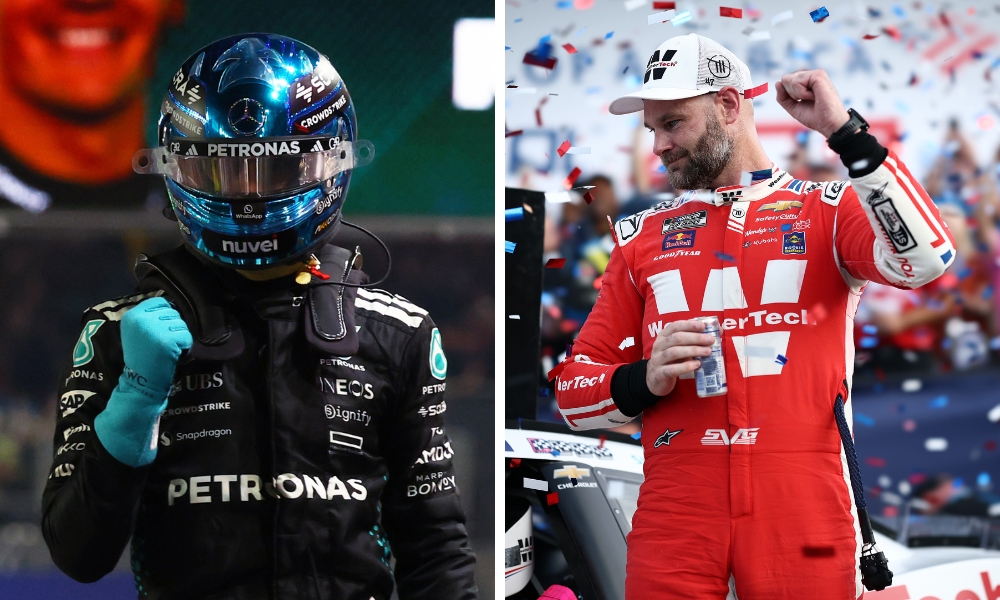
F1 Viewership Dips in US Due to Rare NFL Clash
Formula One's Singapore Grand Prix saw a notable dip in US viewership, averaging 931,000 viewers on ESPN, primarily due to an unusual scheduling conflict with an NFL game. This marks only the second race of the 2025 season to experience a year-over-year decline.
Why it matters:
F1 has largely avoided direct competition with the NFL in the US, benefiting from its Europe-centric morning start times. This rare overlap for the Singapore GP highlights the significant impact that even a single clash with a major American sport can have on F1's growing viewership, indicating potential vulnerabilities as the sport expands its presence.
The details:
- The Singapore Grand Prix averaged 931,000 viewers on ESPN in the US, falling below the one million mark for the first time since the Japanese Grand Prix in April.
- This decline represents only the second year-over-year (YoY) decrease for an F1 race in the US this season, the other being the Miami Grand Prix.
- The primary reason for the dip was a scheduling conflict with an NFL game (Cleveland Browns vs. Minnesota Vikings) which, due to its Wembley Stadium location, resulted in an earlier US kick-off time.
- Historical Context: The Singapore Grand Prix has consistently averaged over one million viewers for the past three years, underscoring the impact of this particular scheduling anomaly.
- Despite this specific race's dip, 2025 has been a strong year for Asia-Pacific (APAC) races in the US, averaging over 848,000 viewers across four races. This is particularly impressive given that three of these four races air in the middle of the night in the US.
Between the lines:
While F1's overall growth in the US has been remarkable, this incident serves as a reminder of the competitive landscape. The NFL remains a juggernaut in American sports broadcasting, and any direct scheduling conflict, however rare, can significantly siphon off viewership. F1's historical advantage of airing during 'off-peak' hours for American sports has been a key factor in its recent success.
The big picture:
In contrast to F1's dip, NASCAR's playoff race at the Charlotte Roval on USA Network garnered 1.54 million viewers, making it the most-watched NASCAR race since the playoffs began in late August. This temporarily widens the viewership gap between NASCAR and F1, a gap that had been steadily narrowing throughout the season. NASCAR's playoff average currently stands at 1.54 million viewers, potentially marking the first time on record the playoffs average fewer than two million viewers if the trend continues.
What's next:
As F1 continues its global expansion and explores new markets, scheduling will remain a critical factor in maximizing viewership. While clashes like the one seen with the Singapore GP are infrequent, they highlight the importance of strategic planning to avoid direct competition with established American sports powerhouses, ensuring F1 maintains its upward trajectory in the US market.
Original Article :https://www.blackbookmotorsport.com/news/f1-singapore-espn-nascar-charlotte-rova...











